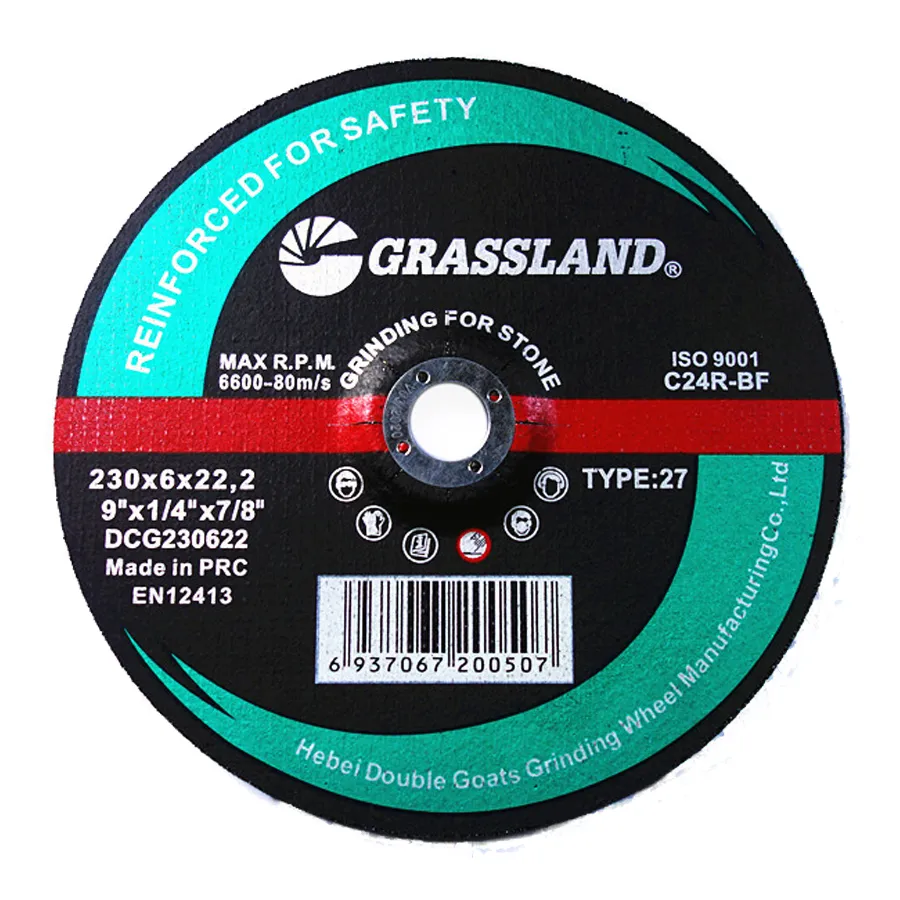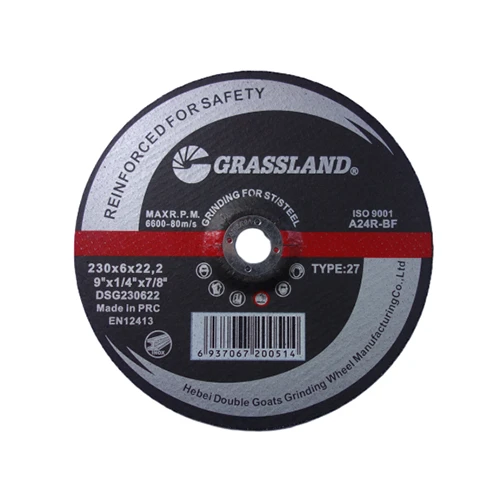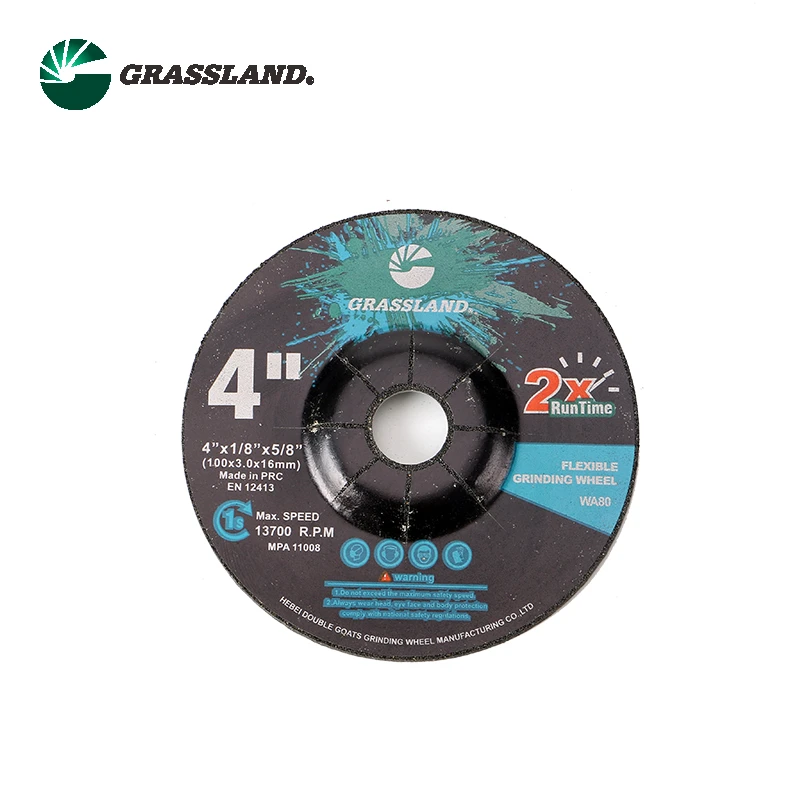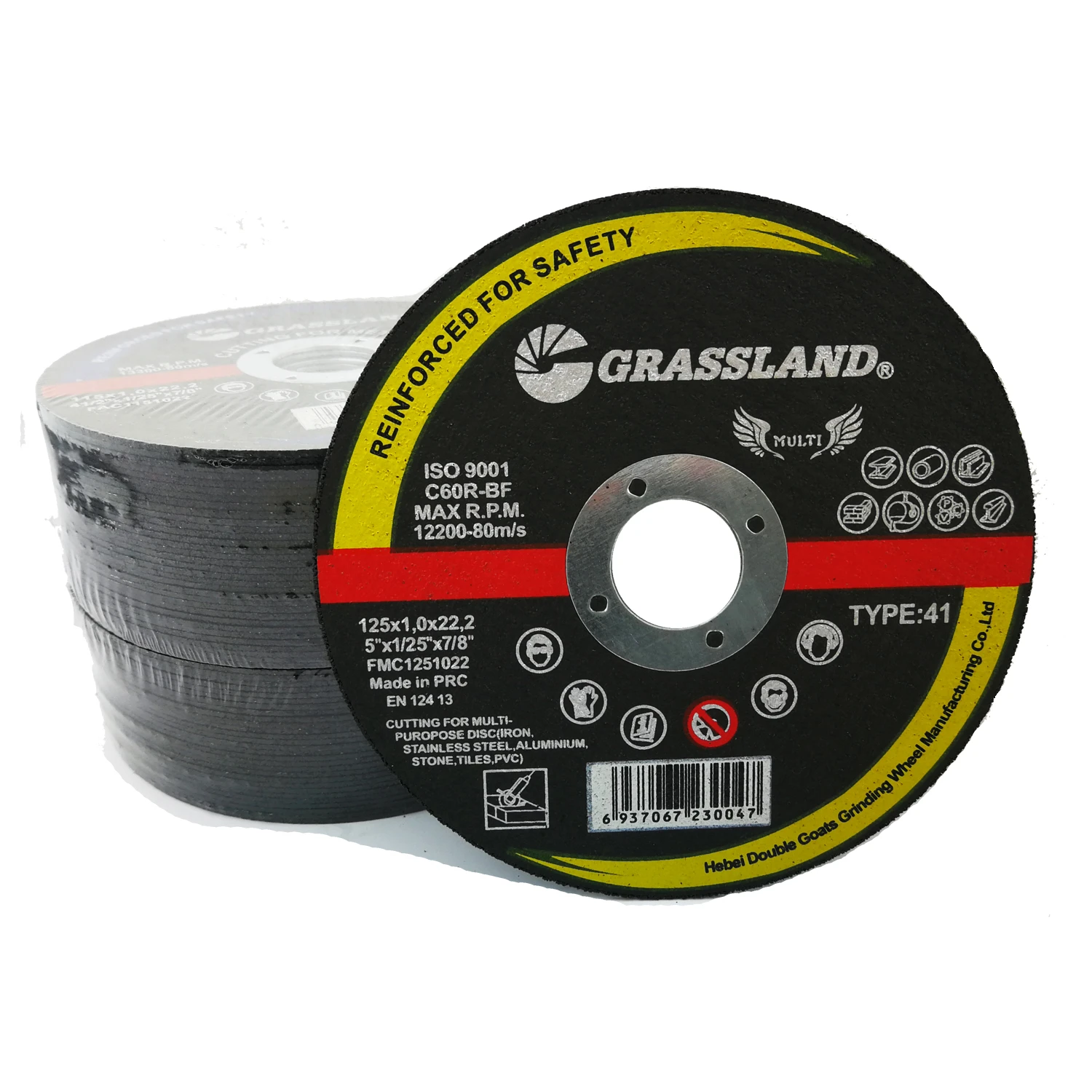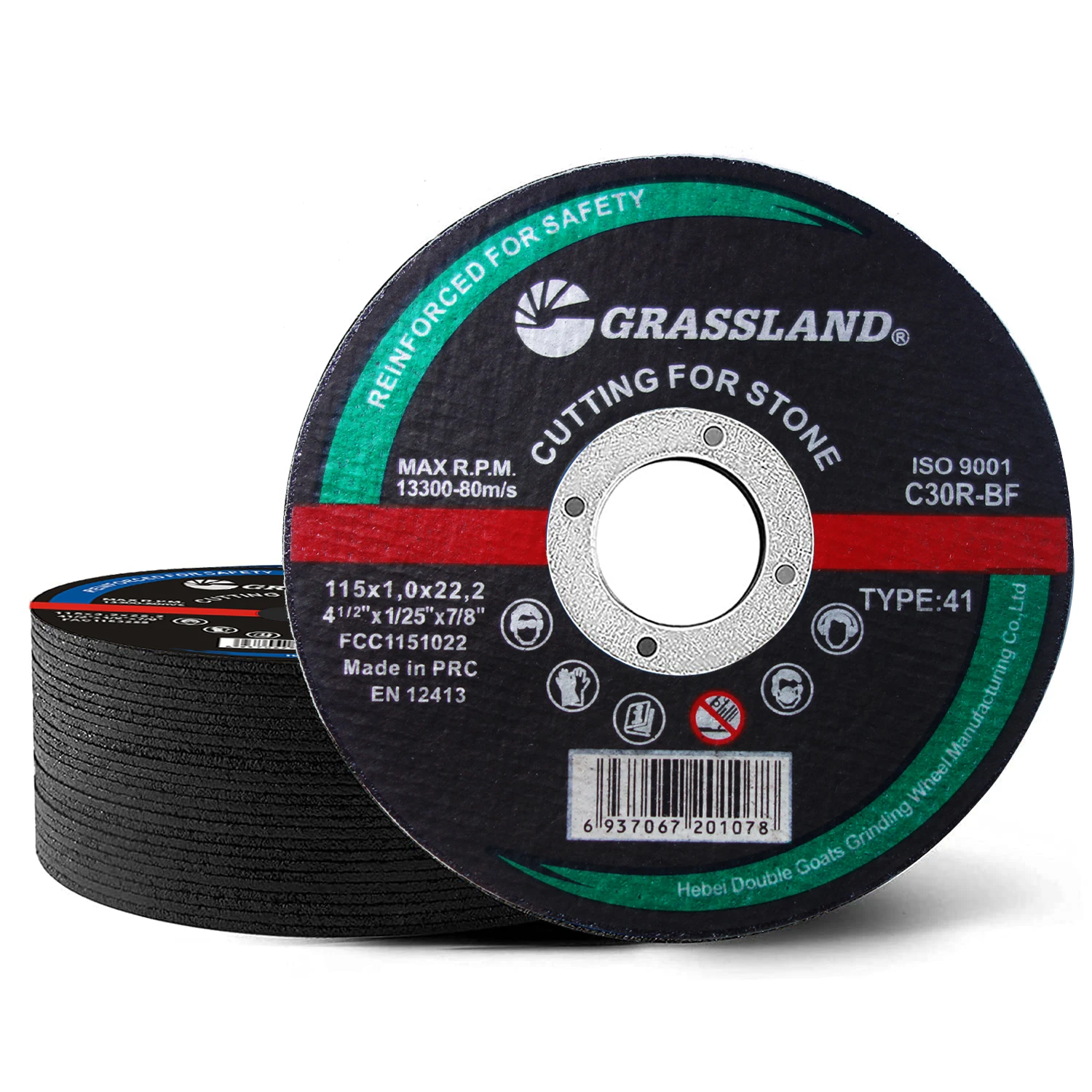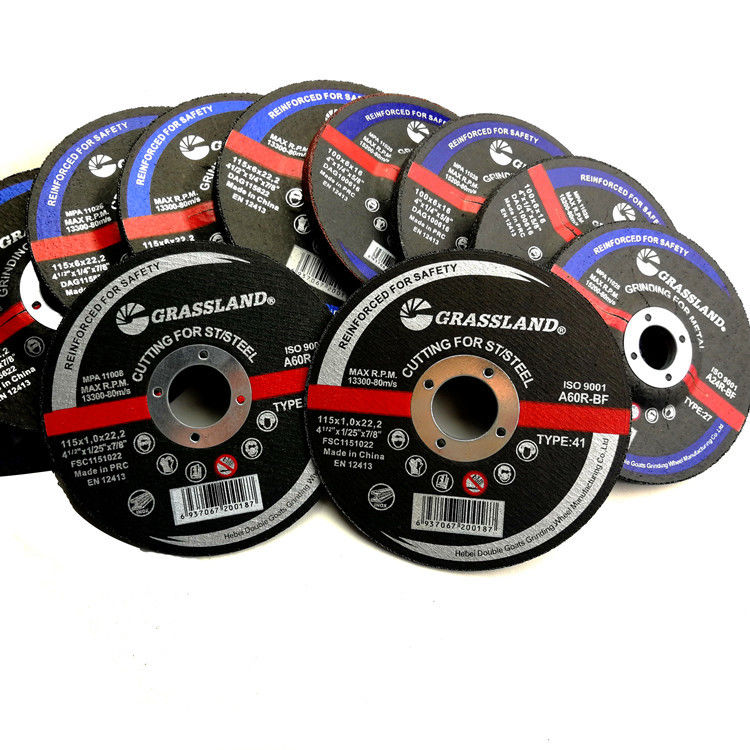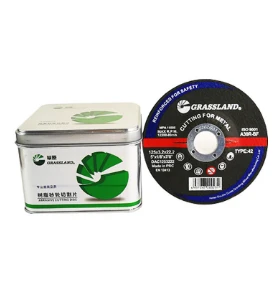

Moreover, the thickness of the disc has a direct impact on both the quality of the cut and the lifespan of the tool. Thinner discs, typically ranging from 1mm to 1.6mm, are ideal for precise or delicate cuts, minimizing material waste and requiring less power to maintain efficient cuts. Conversely, thicker discs, measuring between 2.5mm and 4mm, are more durable and better suited for tougher jobs that involve cutting thicker materials. Price versus quality is an ongoing debate when choosing equipment, and cutting discs are no exception. While it might be tempting to opt for cheaper options, lower-cost discs often wear out more quickly and require more frequent replacements, which can lead to higher costs over time. Investing in a higher-quality disc can lead to smoother, cleaner cuts and a longer lifespan, ultimately proving more cost-effective for regular users. In addition to technical specifications, peer reviews and professional testimonials serve as invaluable resources for gauging a product's authentic performance. Engaging with forums and industry events, as well as consulting authoritative websites, can provide practical insights into which brands and models are valued by experts. Trustworthy advice from seasoned industry veterans often proves more reliable than promotional material, highlighting the importance of community knowledge and shared experience in making informed purchasing decisions. In summary, selecting the right disc for cutting metal extends beyond basic specifications to encompass a broader understanding of material compatibility, tool safety, cost-effectiveness, and reliable sourcing. By leveraging years of expertise and industry authority, and prioritizing experience-driven insights, users can not only enhance their workflow efficiency but also ensure that every cut meets the highest standards of quality and precision.
Post time:Jan - 25 - 2025







